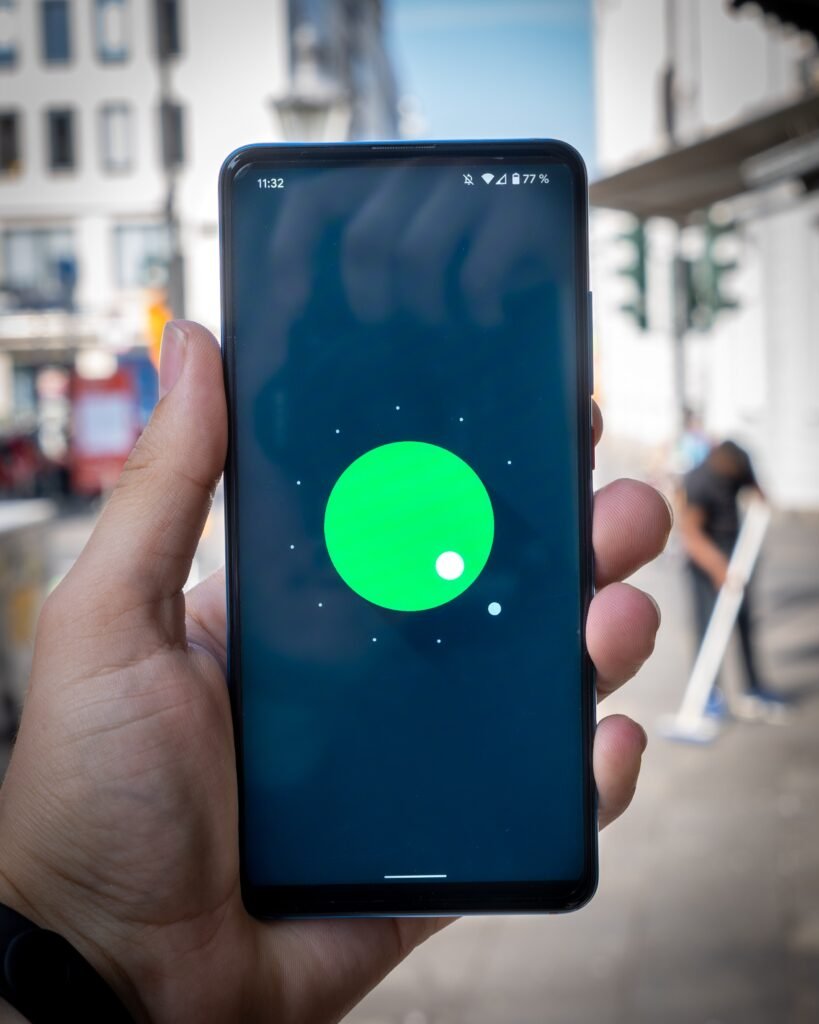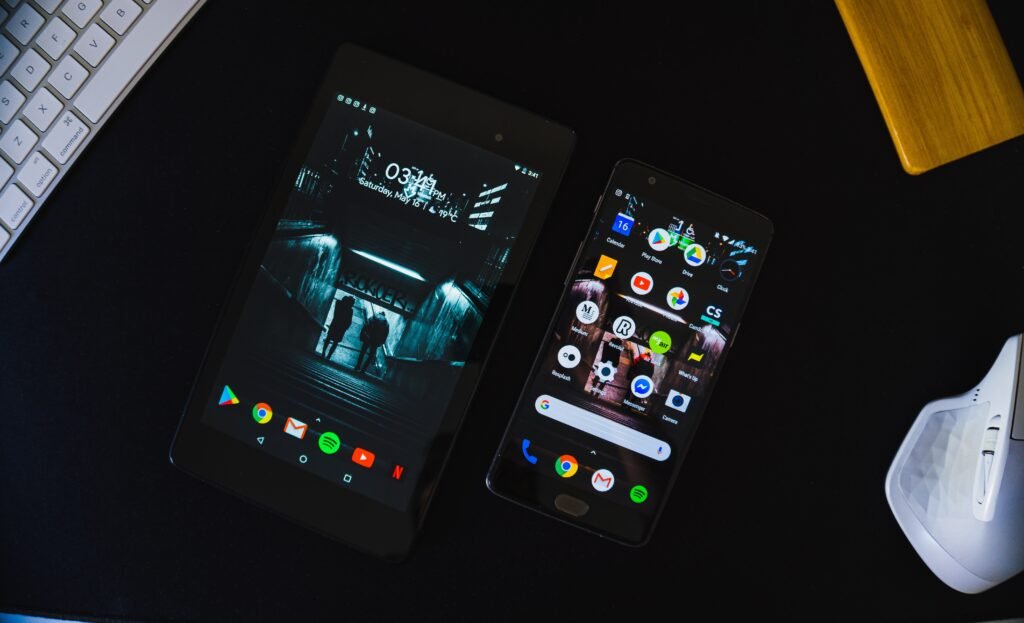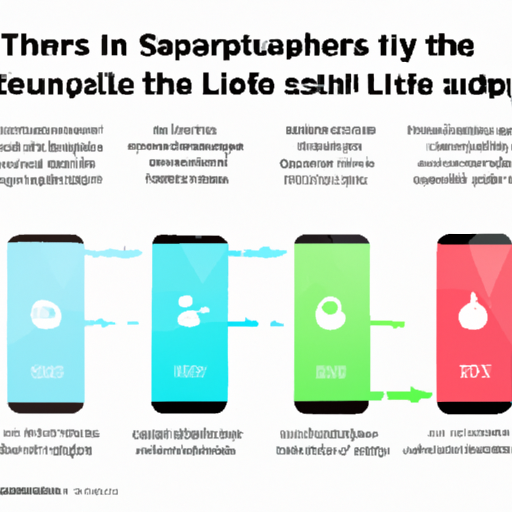Have you ever wondered how long your beloved smartphone is expected to last? Well, look no further because “Understanding the Lifespan of a Smartphone” has got you covered! This informative article provides insights into the expected lifespan of a typical smartphone, giving you all the information you need to make the most out of your device. From battery life to software updates, this article explores the various factors that contribute to the lifespan of your smartphone and offers tips on how to extend its longevity. So, if you’re ready to learn more about how to make your smartphone last, keep reading!

Factors Affecting Smartphone Lifespan
Smartphones have become an integral part of our lives, with many people relying on them for communication, entertainment, and productivity. However, just like any other electronic device, smartphones have a limited lifespan. Several factors contribute to the lifespan of a smartphone, including battery life, physical durability, software updates, and technological obsolescence.
Battery Life
Battery life is a critical factor that affects the lifespan of a smartphone. Over time, the battery capacity of a smartphone inevitably diminishes, resulting in reduced usage time. The average smartphone battery lasts between 2-3 years, depending on usage patterns and charging habits. Factors such as frequent complete battery discharge, exposure to extreme temperatures, and overcharging can accelerate the deterioration of the battery. However, advancements in battery technology are gradually improving the lifespan of smartphone batteries.
Physical Durability
Another factor influencing the lifespan of a smartphone is its physical durability. Smartphones are exposed to various hazards, including accidental drops, water damage, and everyday wear and tear. To mitigate these risks, manufacturers are making efforts to enhance the durability of their devices by utilizing materials such as strengthened glass and metal alloys. Additionally, the use of protective cases and screen protectors can significantly prolong the lifespan of a smartphone by safeguarding it against physical damage.
Software Updates
Regular software updates play a crucial role in maintaining the longevity of a smartphone. Software updates not only introduce new features and improvements but also include security patches that protect the device from malware and other threats. Consequently, staying up-to-date with the latest software updates ensures optimal performance and enhances the security of a smartphone. However, as smartphones age, manufacturers may stop providing updates for older models, limiting their lifespan in terms of software support.
Technological Obsolescence
Technological obsolescence is a factor that affects the lifespan of a smartphone in terms of its relevance and usability in the rapidly evolving tech landscape. As new models with advanced features are released, older smartphones can quickly become outdated. Apps and software may no longer be compatible with older operating systems, rendering the device less useful over time. However, purchasing a smartphone from a reputable brand and keeping an eye on the latest technological advancements can help prolong its lifespan by ensuring compatibility for a longer period.
Average Lifespan of a Smartphone
The average lifespan of a smartphone is subject to industry standards and user habits.
Industry Standard
The industry standard for the lifespan of a smartphone is generally around 2-3 years. This timeframe takes into account technological advancements, market demand, and product lifecycle considerations. Smartphone manufacturers design their devices to operate optimally during this period, after which newer models are introduced to the market.
User Habits
Apart from industry standards, user habits also impact the lifespan of a smartphone. How a smartphone is used and maintained plays a significant role in determining its longevity. For instance, excessive gaming, streaming, or multitasking can put a strain on the device’s hardware, potentially shortening its lifespan. Similarly, neglecting routine maintenance and disregarding battery care practices can result in deteriorating performance and reduced lifespan. By adopting responsible usage habits and taking care of the device, users can extend the lifespan of their smartphones.
Prolonging the Lifespan of a Smartphone
While the lifespan of a smartphone is influenced by various factors, there are steps that users can take to maximize its longevity.
Battery Care
To optimize the battery lifespan, it is essential to follow certain practices. Avoid completely draining the battery frequently and instead aim to keep it within a moderate charge range of 20-80%. Avoid exposing the smartphone to extreme temperatures, as excessive heat or cold can damage the battery. Furthermore, using the original charger and avoiding charging overnight can help maintain the health of the battery in the long run.
Protective Cases and Screen Protectors
Investing in a high-quality protective case and a reliable screen protector can significantly enhance the physical durability of a smartphone. These accessories provide an additional layer of protection against accidental drops, impact, and scratches. By minimizing physical damage, users can extend the lifespan of their smartphones, protecting their investment.
Regular Software Updates
Regularly updating the software on a smartphone is crucial for its optimal performance and longevity. Software updates not only introduce new features but also address any security vulnerabilities that may arise. By staying up-to-date with the latest software updates, users ensure that their smartphones are running efficiently and are protected against potential threats.
Cleaning and Maintenance
Cleaning and maintaining a smartphone can also contribute to its longevity. Regularly cleaning the device’s exterior, ports, and accessories can prevent dust and debris from accumulating, which can hinder performance and cause damage over time. Additionally, avoiding excessive exposure to moisture and storing the smartphone in a dry environment can mitigate the risk of water damage.
Factors Leading to Shortened Lifespan
Several factors can contribute to the shortened lifespan of a smartphone.
Excessive Usage
Excessive usage of a smartphone can accelerate its wear and tear, resulting in a shortened lifespan. Constantly running resource-intensive apps, excessive gaming, or streaming can put a strain on the device’s processor, memory, and battery. Therefore, it is important to strike a balance between usage and the device’s capabilities to ensure its longevity.
Environmental Factors
Environmental factors can also impact the lifespan of a smartphone. Exposure to extreme temperatures, both hot and cold, can cause damage to the device’s internal components, including the battery. Additionally, high humidity levels and exposure to moisture can lead to corrosion and water damage. It is vital to be mindful of the environment in which the smartphone is used and stored to avoid these detrimental effects.
Software Incompatibility
As technology advances, older smartphones may face software compatibility issues. App developers may stop providing updates for older operating system versions, causing certain apps to become incompatible and limiting the device’s functionality. Users with older smartphones may need to consider upgrading to a newer model to ensure compatibility with the latest software and services.

Environmental Impact of Smartphone Lifespan
The lifespan of a smartphone has a significant environmental impact, particularly in terms of e-waste generation and carbon footprint.
E-waste Generation
Smartphones are among the fastest-growing sources of electronic waste globally. As technology evolves rapidly, older smartphones that are no longer in use are often discarded, contributing to the mounting e-waste problem. Proper disposal and recycling of smartphones are crucial to minimize the environmental impact. Recycling programs are available to ensure that valuable components are extracted and recycled, reducing the demand for raw materials and minimizing waste.
Carbon Footprint
The production and disposal of smartphones contribute to the carbon footprint of these devices. The extraction of raw materials, manufacturing processes, transportation, and energy consumption all have environmental implications. By prolonging the lifespan of smartphones and promoting recycling initiatives, we can collectively reduce the carbon footprint associated with the production and disposal of these devices.
Smartphone Recycling Programs
Various smartphone manufacturers and third-party organizations offer recycling programs to tackle the issue of e-waste.
Manufacturer Programs
Many smartphone manufacturers have implemented recycling programs to facilitate responsible disposal and recycling. These programs often provide options for returning old devices for recycling, trade-in programs for purchasing new devices, or even refurbishment of old devices for resale. By participating in these manufacturer programs, users can ensure that their smartphones are disposed of properly and contribute to the recycling efforts.
Third-Party Organizations
Apart from manufacturer programs, there are also third-party organizations dedicated to smartphone recycling. These organizations collaborate with manufacturers, retailers, and other stakeholders to collect old smartphones and recycle them in an environmentally friendly manner. Some may even donate refurbished smartphones to charitable causes. Engaging with these third-party organizations is an excellent way to contribute to e-waste reduction and promote sustainability.
Donation and Trade-In Options
Donating or trading in old smartphones is another way to extend their lifespan. Many organizations and retailers accept used smartphones, refurbish them, and distribute them to those in need, reducing electronic waste while aiding those who may not have access to smartphones. Additionally, some retailers offer trade-in programs, allowing users to exchange their old smartphones for credit toward the purchase of a new device.

The Future of Smartphone Lifespan
Advancements in battery technology and sustainability initiatives hold promise for extending the lifespan of smartphones.
Advancements in Battery Technology
One of the critical areas of research and development in smartphone technology is improving battery performance and longevity. Battery technologies such as solid-state batteries and graphene-based batteries show promise for increased energy density, faster charging times, and improved overall lifespan. These advancements may significantly enhance the lifespan of future smartphones, reducing the need for frequent battery replacements.
Sustainability Initiatives
As the awareness of environmental issues grows, smartphone manufacturers are increasingly prioritizing sustainability. Companies are implementing eco-friendly practices, including the use of recycled materials, reducing packaging waste, and improving energy efficiency in manufacturing processes. By adopting sustainable practices, smartphone manufacturers can contribute to a more sustainable future and prolong the lifespan of their products.
In conclusion, the lifespan of a smartphone is influenced by various factors, including battery life, physical durability, software updates, and technological obsolescence. Responsible usage, proper maintenance, and being mindful of environmental impacts can help prolong the lifespan of a smartphone. By participating in recycling programs and supporting sustainability initiatives, we can collectively reduce e-waste and carbon footprint while contributing to a more sustainable future for smartphones. Continued advancements in battery technology and sustainability initiatives are expected to further enhance the lifespan of smartphones in the years to come.
